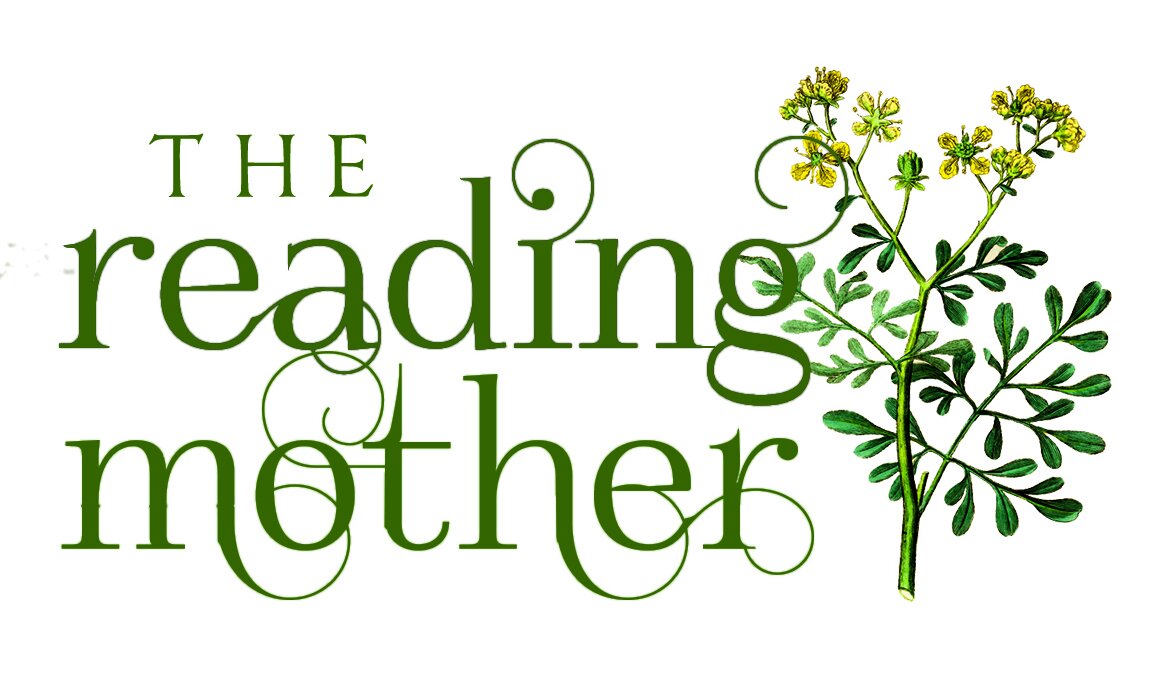Picture Study: Furnishing the Halls of A Child's Imagination
Picture Study, as Charlotte Mason practiced it, is just as simple as it sounds:
A friendly picture-dealer supplies us with half a dozen beautiful little reproductions of the work of some single artist, term by term. After a short story of the artist's life and a few sympathetic words about his trees or his skies, his river-paths or his figures, the little pictures are studied one at a time; that is, children learn, not merely to see a picture but to look at it, taking in every detail. Then the picture is turned over and the children tell what they have seen,—a dog driving a flock of sheep along a road but nobody with the dog. Ah, there is a boy lying down by the stream drinking. It is morning as you can see by the light so the sheep are being driven to pasture, and so on; nothing is left out, the discarded plough, the crooked birch, the clouds beautiful in form and threatening rain, there is enough for half an hour's talk and memory in this little reproduction of a great picture and the children will know it wherever they see it, whether a signed proof, a copy in oils, or the original itself in one of our galleries. . . . There is no talk about schools of painting, little about style; consideration of these matters comes in later life, but the first and most important thing is to know the pictures themselves. As in a worthy book we leave the author to tell his own tale, so do we trust a picture to tell its tale through the medium the artist gave it.
—Charlotte Mason, Towards a Philosophy of Education
Procuring the pictures is the really the only part of Picture Study that requires any expense or preparation. Cottage Press offers free picture study downloads with short artist bios, so that covers the preparation, leaving only the relatively small expense of printing them on your home printer or sending them to the local printer.
Once you have your pictures ready, gather all your scholars together - ages and stages do not matter here! For very many years, my friend Karen and I met weekly for Picture Study with our combined seven children, whose ages spanned about seven years. At Providence Prep, we set aside thirty minutes each week for Picture Study with students from first to sixth grade. I have also done Picture Study with just my own children quietly (at least, as quietly as we ever do anything!) at home.
In a classroom or co-op setting, start with the youngest and allow the each child describe just one detail. Continue until children have exhausted all the details they can remember. Show the picture again, and ask students if there is anything they missed. At this point, I like to prompt further observation with questions which teach simple art terminology in a gentle and natural manner: What part of the picture is your eye immediately drawn towards? How did the artist draw your eye there? What do you see in the foreground? What do you see in the background? Where is the light coming from in this picture? Eventually children will begin to notice and mention these things without your prompting.That is all there is to it. In my Cottage Press Primers, weekly picture study is included chiefly because of its benefits to a child's powers of observation and attention, which in turn, supports the skills of composition and communication. Equally important, constant exposure to the best in art disposes the child's heart and mind to true beauty, providing a powerful antidote against the ever-present counterfeit. Whatever the age of your child, I hope you will begin today to
. . . furnish him with whole galleries of mental pictures, pictures by great artists old and new;. . . in fact, every child should leave school with at least a couple of hundred pictures by great masters hanging permanently in the halls of his imagination, to say nothing of great buildings, sculpture, beauty of form and colour in things he see. Perhaps we might secure at least a hundred lovely landscapes too,––sunsets, cloudscapes, starlight nights. At any rate he should go forth well furnished because imagination has the property of magical expansion, the more it holds the more it will hold."
—Charlotte Mason, Home Education
As in so many things, a small but consistent weekly investment yields a goodly return over time. Miss Mason's "several hundred" may sound like an impossible number, but behold the power of compounding: Six pictures from just two artists per year over six years equals 72 pictures. Bump that up to three artists and you have 108 pictures in six years. Extend that over ten or twelve years, and you are at the 200 mark, even if you repeat several favorites. An amply furnished gallery indeed!
Related Post:
Picture Study: Furnishing The Halls Of Your Home, offering lots of ideas for beautifully displaying your Picture Study prints.

